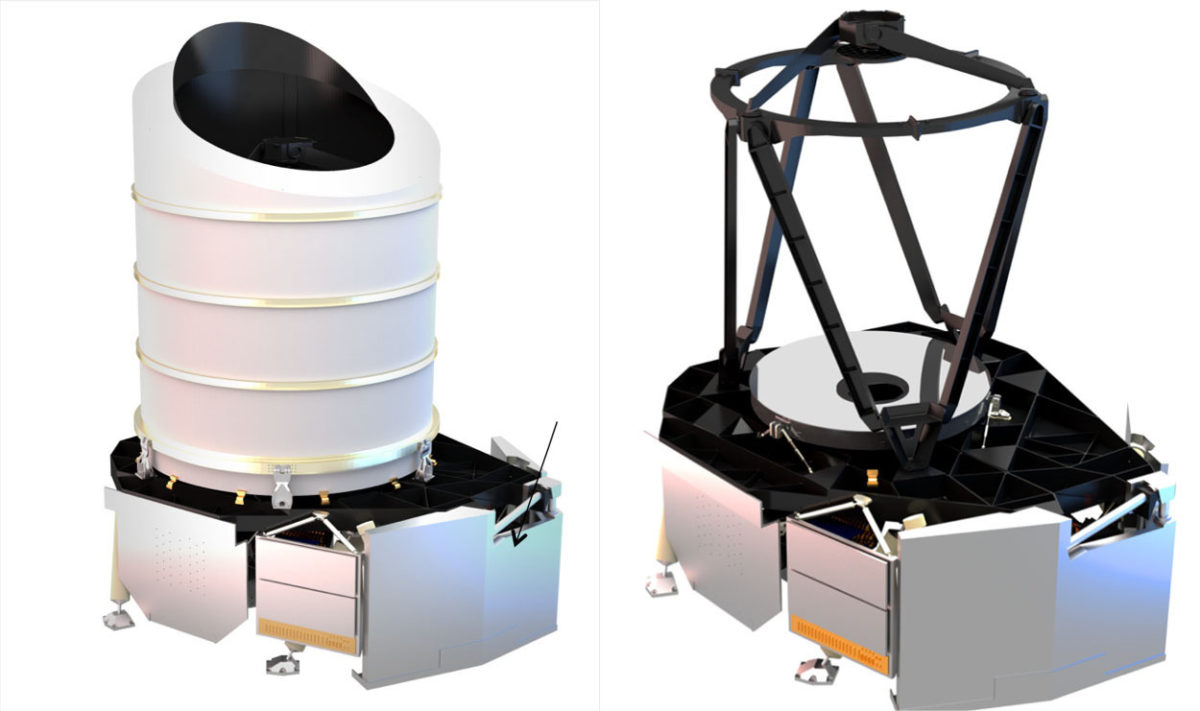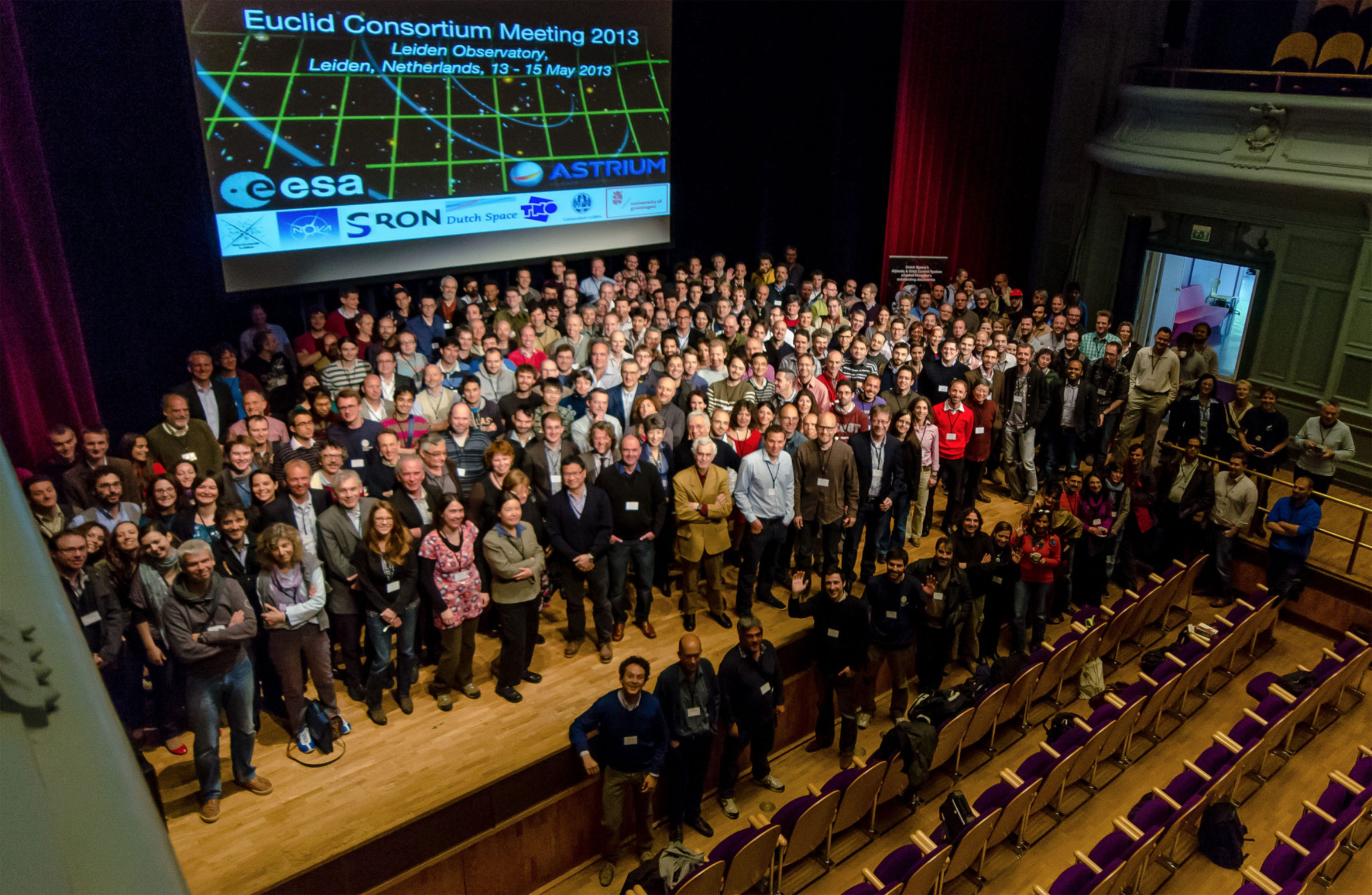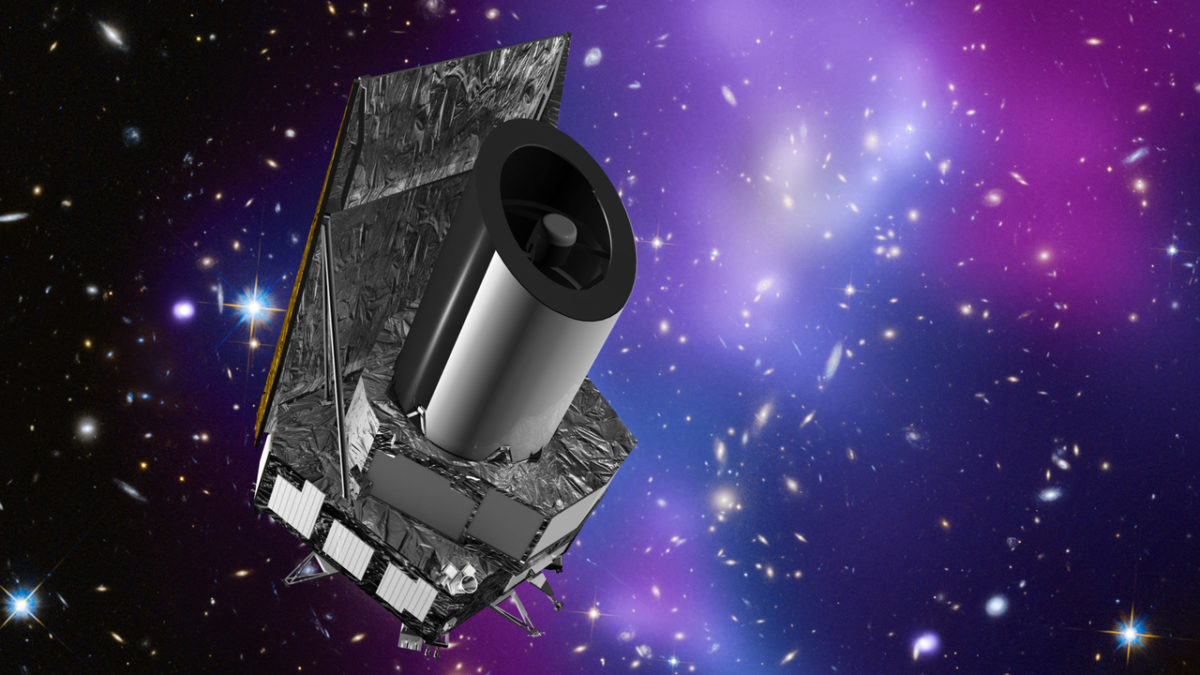Jason Rhodes • Mar 01, 2016
How Does a NASA Scientist End Up Working on an ESA Mission?
I am a cosmologist at the Jet Propulsion Laboratory (JPL), a Federally Funded Research and Development Center (FFRDC) operated by the California Institute of Technology (Caltech) for NASA. I work for NASA, and my salary comes from NASA through Caltech. One of my primary jobs is working on the European Space Agency’s (ESA) Euclid mission, which will launch on a six-year mission to study dark matter and dark energy in 2020. So, how does a NASA scientist end up playing a leading role in an ESA mission? The seeds of my involvement go back more than 15 years.
The time it takes for a space mission to go from idea to launch can be decades. Many people focus on that mission for substantial portions of their careers. In 1998 I was in the final year of my PhD at Princeton, working on a data set from the Hubble Space Telescope (HST) now known as the Groth Strip, after my advisor Professor Ed Groth. A postdoctoral researcher (a PhD working in academia, but not yet in a permanent job) at Princeton suggested we look for ‘weak gravitational lensing’ in the Groth Strip. Weak lensing is a process whereby dark matter—invisible to us—bends the path light takes from distant galaxies, distorting the measured images of those galaxies. While small by today’s standards, the Groth Strip was the largest contiguous survey done with HST and seemed an ideal place to look for the theorized (but not yet observed) weak lensing effect. At about the same time, two separate teams were publishing evidence for the existence of dark energy, which drives the accelerated expansion of the Universe. This discovery went on to win the 2011 Nobel Prize in Physics. The Princeton postdoc and I went on to publish some seminal papers in the field of weak lensing, including the first detections of that effect using data from a space telescope. Meanwhile, our colleagues were showing that weak lensing was also a good probe of this new newfound dark energy—but it would require a survey much larger than the Groth Strip.
In 2002, my postdoctoral colleague moved back to his native France into a permanent position, and began planning for a space mission to acquire weak lensing data that would help us unlock the mysteries of dark energy. He began working with Centre National d’Etudes Space (CNES), the French space agency on a modest size and budget mission called the Dark Universe Explorer (DUNE). Eventually, as planning for DUNE progressed, it became clear the mission’s complexity and cost were more than CNES was ready to bear alone, so he began talking to ESA about a dark energy mission. He also contacted me about partnership opportunities with NASA. In 2004, I was a staff scientist at JPL, and he and I began discussing how NASA might contribute to this European-led dark energy mission. At nearly the same time, the dark universe was set out as one of several themes ESA wanted to pursue in its ‘Cosmic Visions’ program for space missions in 2015 and beyond. In 2006, with JPL's support, I took the first of many trips to Europe to discuss potential NASA involvement in DUNE. In 2007, ESA put out its first call for proposals for the Cosmic Visions program, and the European community responded with more than 50 space mission proposals. Five medium class missions (roughly defined as a mission that would cost less than €1 billion) were selected for further study, including DUNE. SPACE, a rival dark energy mission, using a different astrophysical probe of dark energy, was ranked high as well. ESA decided that instead of competing, DUNE and SPACE should merge. Given that the DUNE and SPACE teams had taken entirely different approaches to a dark energy mission, it was a complicated but successful marriage and a new mission was born: Euclid.

Right: Interior view showing the telescope.Image: Airbus Defence & Space
Both the DUNE and SPACE concepts (and thus Euclid) required a key technology only available in the U.S. Astronomical detectors sensitive in the near infrared (from 1-2 microns) are a specialty of Teledyne Imaging Sensors, in Camarillo, CA, not far from JPL. This was my ticket into the newly-formed Euclid Consortium. I began working under the assumption that I (with the help of JPL management and strong group of influential colleagues) could convince NASA that providing near infrared detectors in exchange for U.S. science participation in Euclid would be a good idea. My European colleagues and I began planning in earnest.
However, it wasn’t until 2011 that Euclid won its competition within ESA and earned the second medium class launch slot in ESA’s Cosmic Visions program. This victory came soon after the announcement that the Nobel Prize in Physics in 2011 would go to the discovery of the accelerated expansion of the universe thought to be caused by dark energy. My European colleagues were ecstatic, as Euclid now seemed to be on a clear path to a launch. But on Valentine’s Day 2011, I was called in to the JPL Director’s office to meet with him and the NASA Associate Administrator for the Science Mission Directorate. Given that JPL has 5000 employees, being called into the Director’s office is rare, much less to meet with a NASA Administrator. I thought we’d be discussing the logistics of a NASA/ESA deal on Euclid. Instead, I was told that budget and political realities meant NASA would have to disengage from Euclid. It was a pretty bad Valentine’s Day.
But, in my Valentine’s Day meeting, I was instructed to remain engaged on Euclid with my European colleagues while NASA and JPL sorted through roadblocks, including the budget. This took over a year, and involved me testifying before a couple of National Academy of Sciences panels convened to look into NASA’s implementation of science priorities. The long slog ended with NASA committing to the support that ESA needed to make Euclid a reality. On January 10, 2013 the NASA Administrator signed a ‘Memorandum of Understanding’ (MOU) spelling out NASA’s rights and responsibilities with respect to ESA and Euclid. In exchange for 20 near infrared detector systems (16 to fly in space and 4 spares), NASA nominated 40 U.S. scientists to the Euclid Consortium, the European-led group of scientists making Euclid happen. NASA was also allowed to nominate a U.S. scientist to the Euclid Consortium Board (ECB), the governing body of this science consortium, and nominate a U.S. scientist to the ESA Euclid Science Team (EST), a 13-member body that makes sure Euclid meets its science requirements.

I had been a member of the ECB since the inception of Euclid due to my leading role in trying to engage NASA on the mission. This was not necessarily a given, because all the other members of the ECB represented countries that had already committed substantial resources to Euclid. My European colleagues invited me onto the ECB long before NASA committed in the hope that we could eventually make the NASA/ESA partnership happen. However, NASA doesn’t necessarily maintain the status quo when it officially starts a new project. Thus, NASA ran an open competition for the 40 scientists to nominate to the Euclid Consortium, and the one scientist to nominate for the ECB and EST. So I spent months writing a detailed application to keep a job I’d done for years, while assembling a team of U.S. colleagues I thought would be best poised to help make Euclid a success. My proposal was successful; 30 of the 40 slots within the Euclid Consortium that NASA had received were assigned to a team I now lead that is helping to develop Euclid’s dark energy program. Two other U.S. teams with 3 and 7 people, respectively are pursuing other scientific goals within Euclid. Thankfully, I also won the competition to keep my slot on the ECB and be appointed to the EST. This means a lot of early morning telecons with my European colleagues and many trips to short meetings in Europe. However, as Euclid marches towards its 2020 launch, I feel lucky to be playing a role in the grand adventure of uncovering the mysteries of the strange dark portion of the Universe.
Let’s Go Beyond The Horizon
Every success in space exploration is the result of the community of space enthusiasts, like you, who believe it is important. You can help usher in the next great era of space exploration with your gift today.
Donate Today

 Explore Worlds
Explore Worlds Find Life
Find Life Defend Earth
Defend Earth


